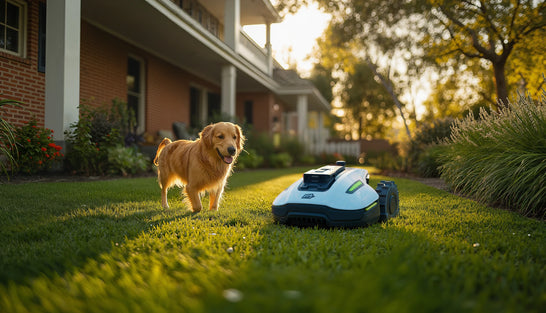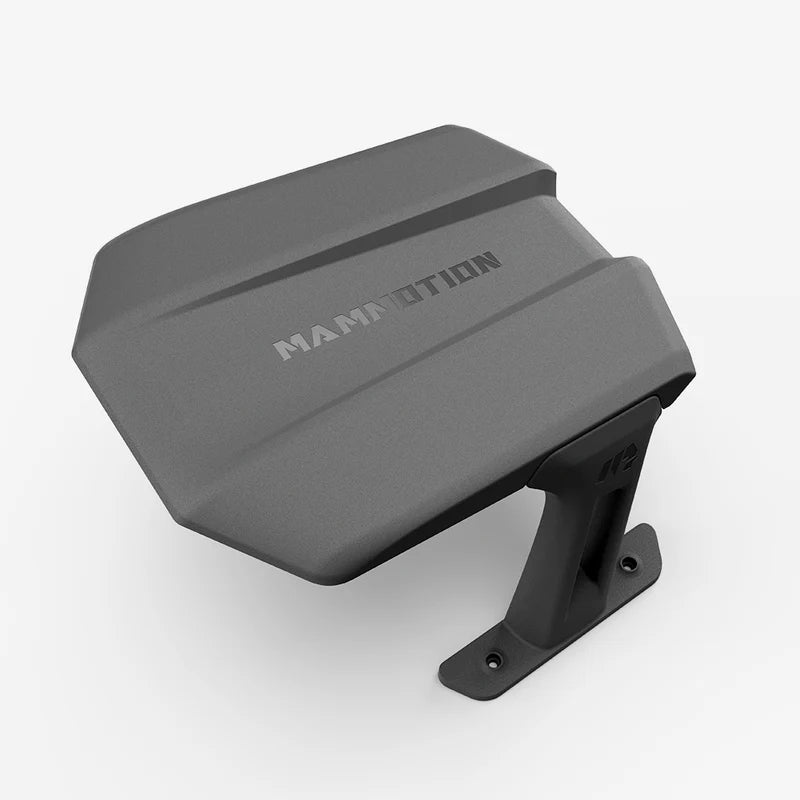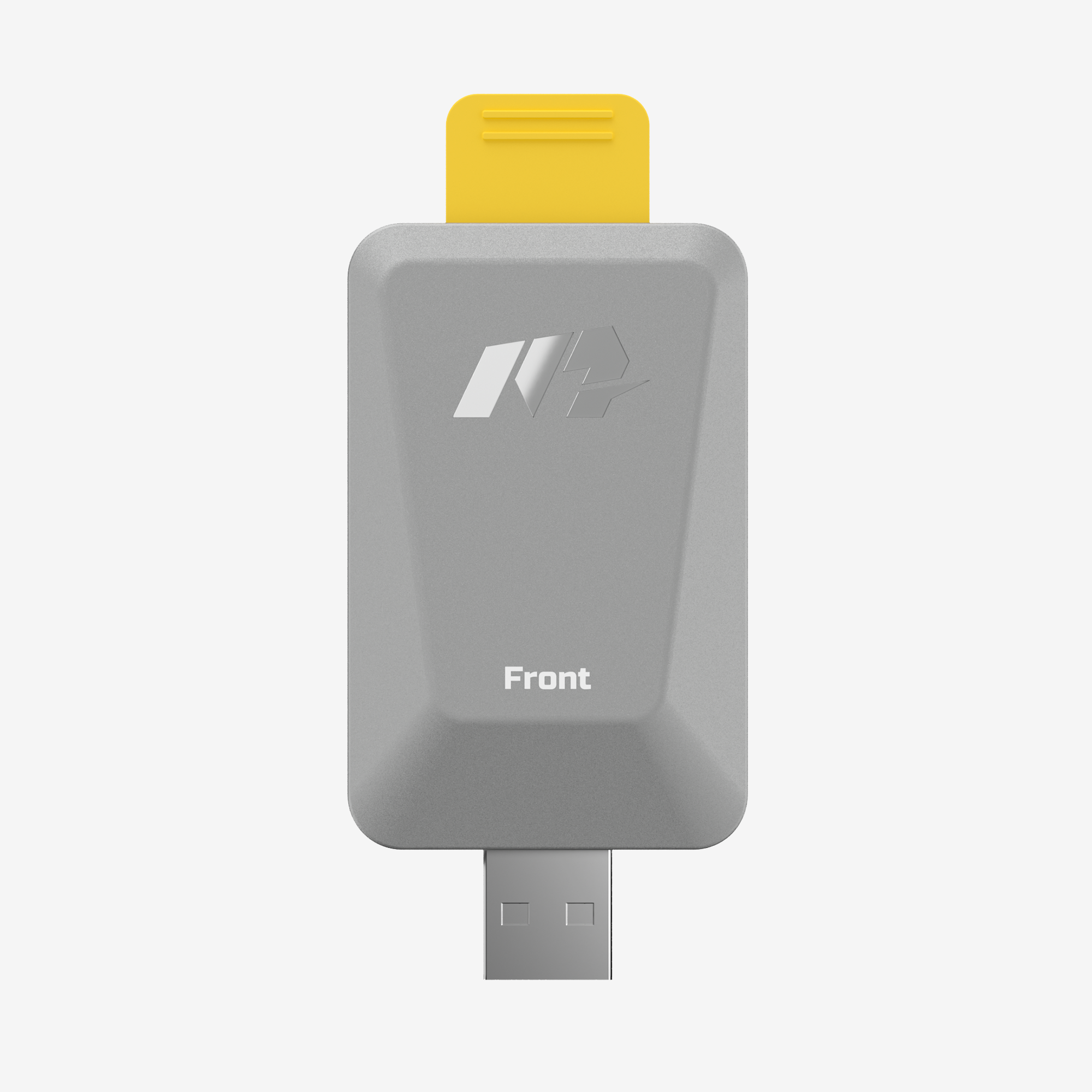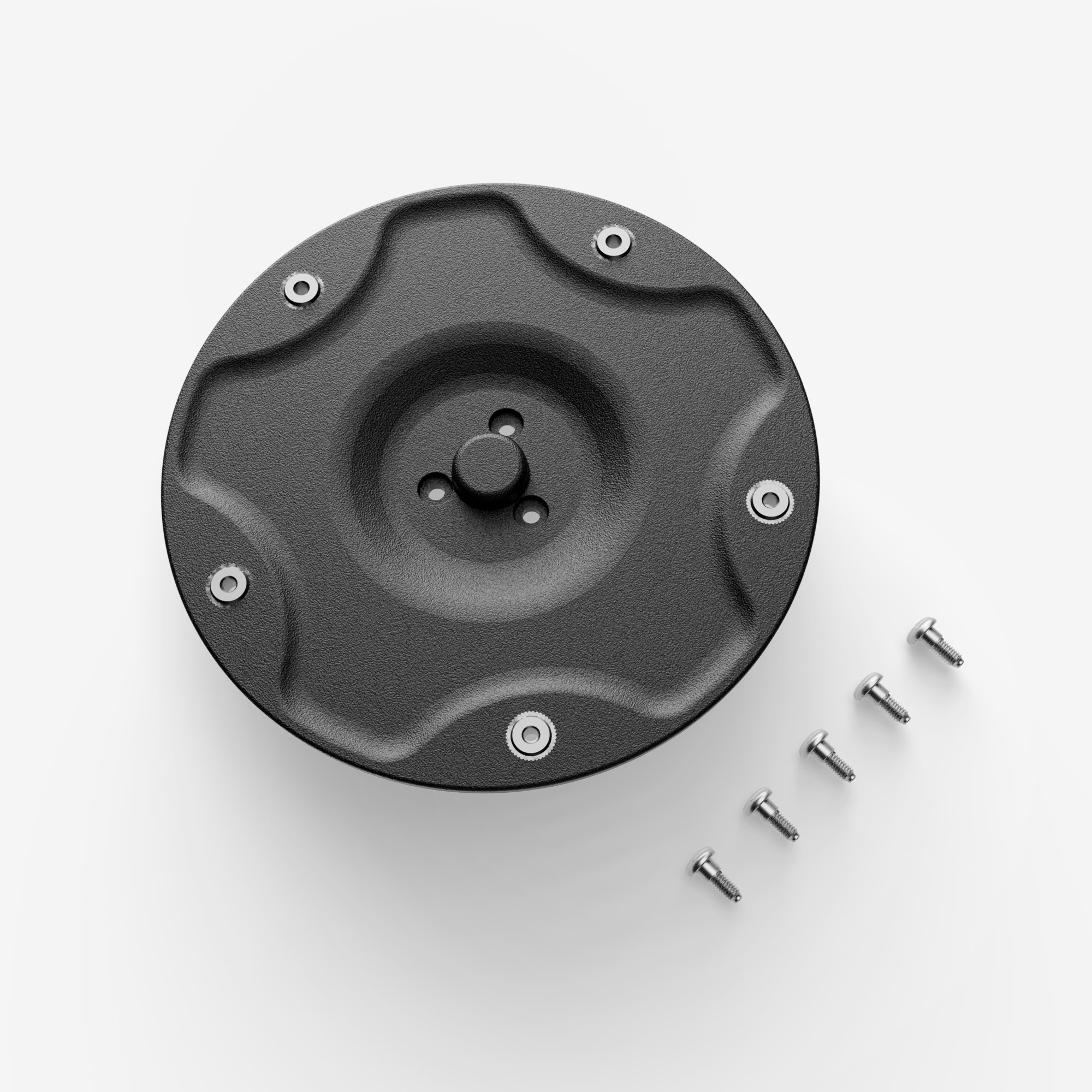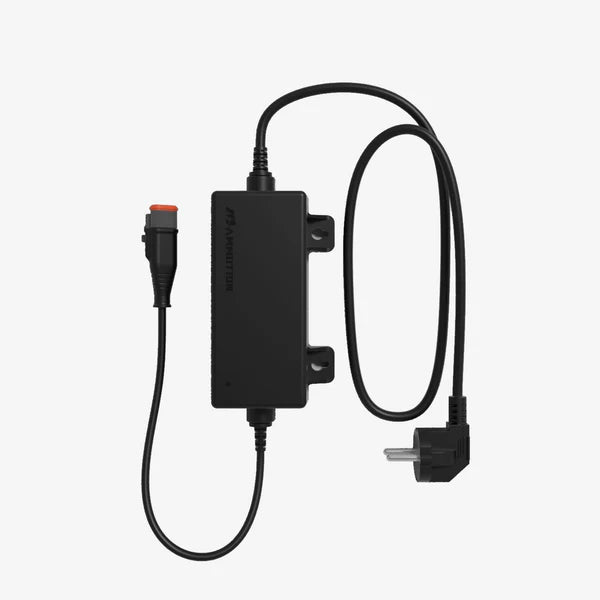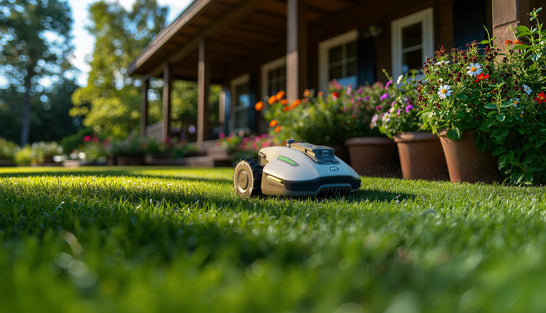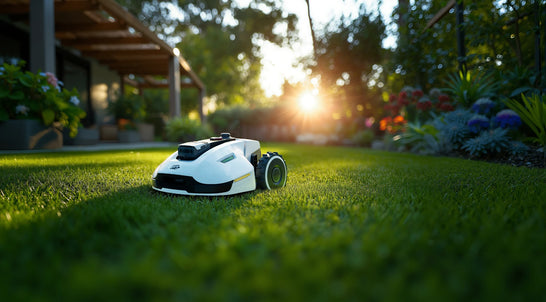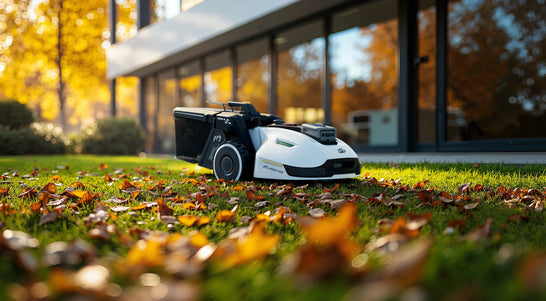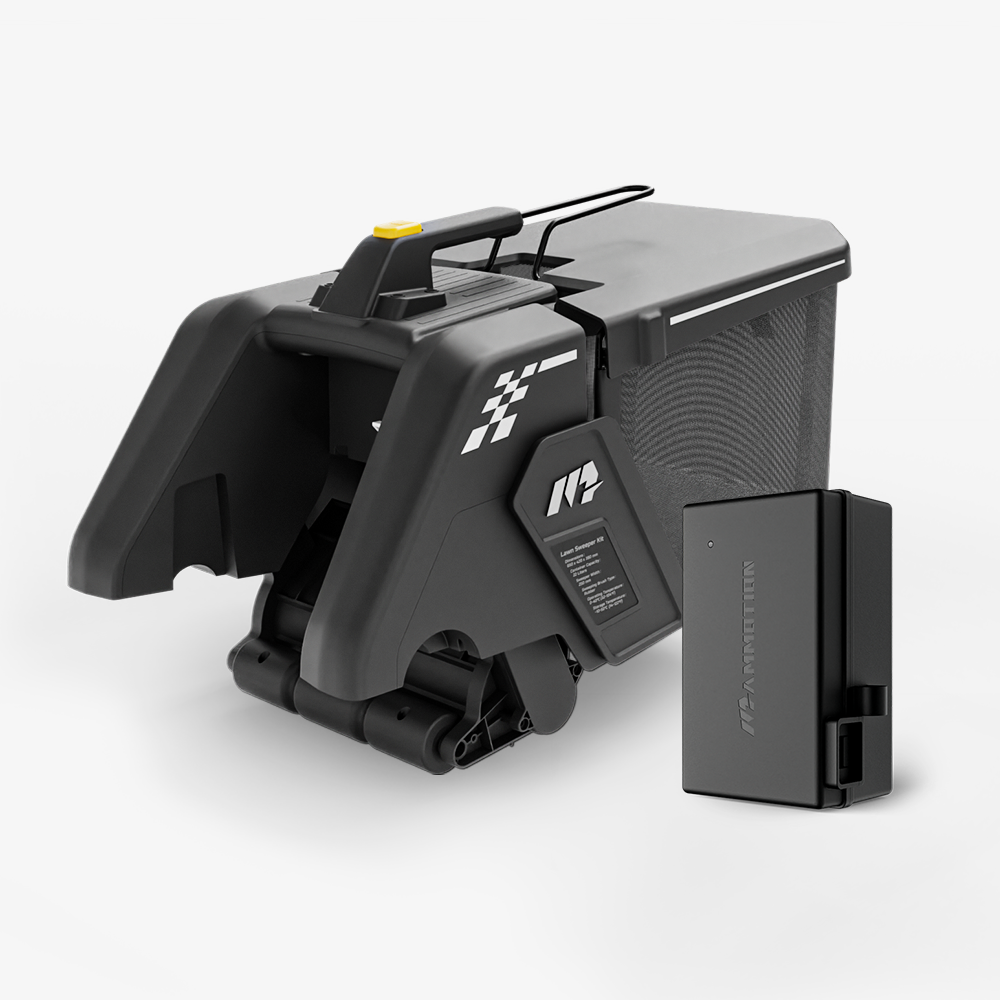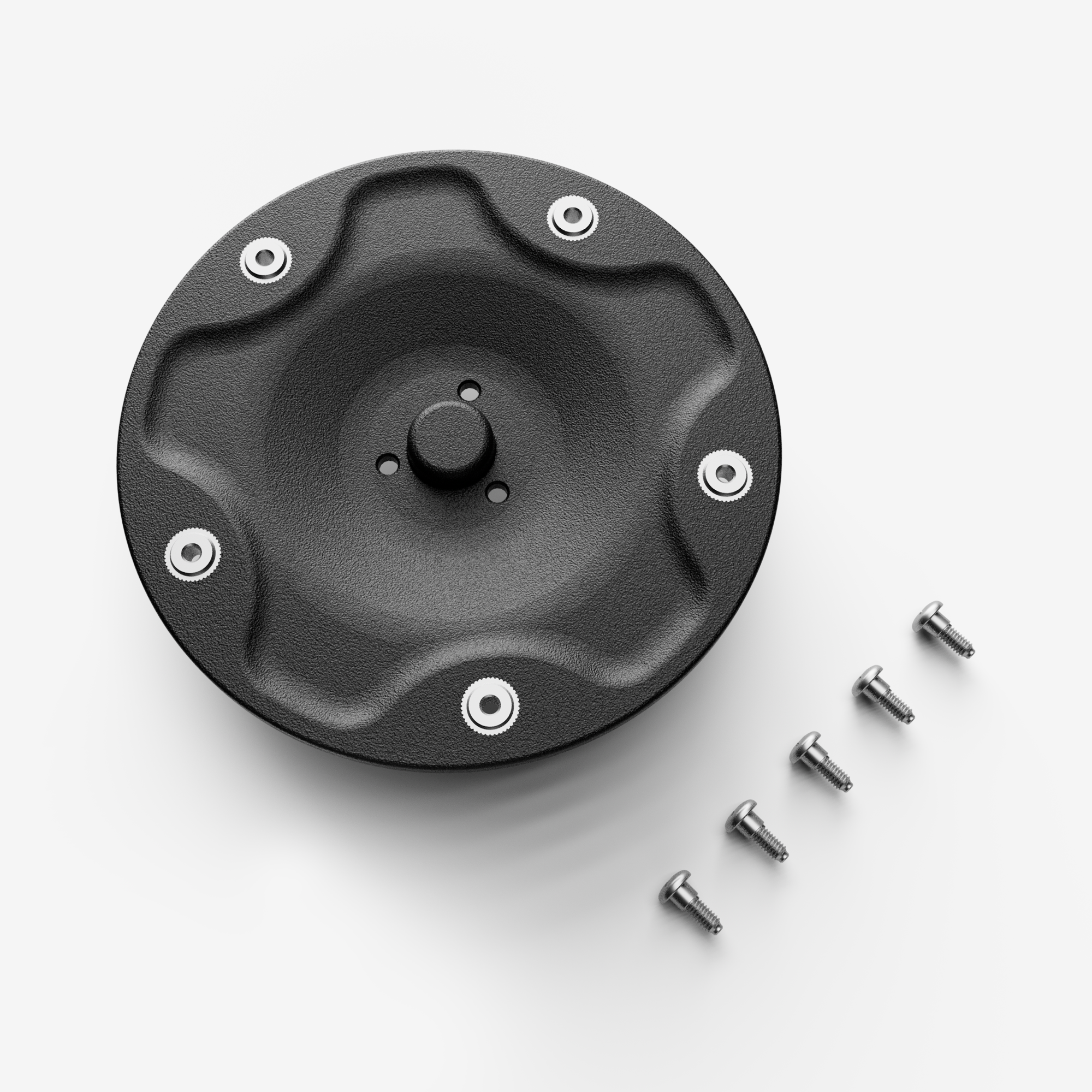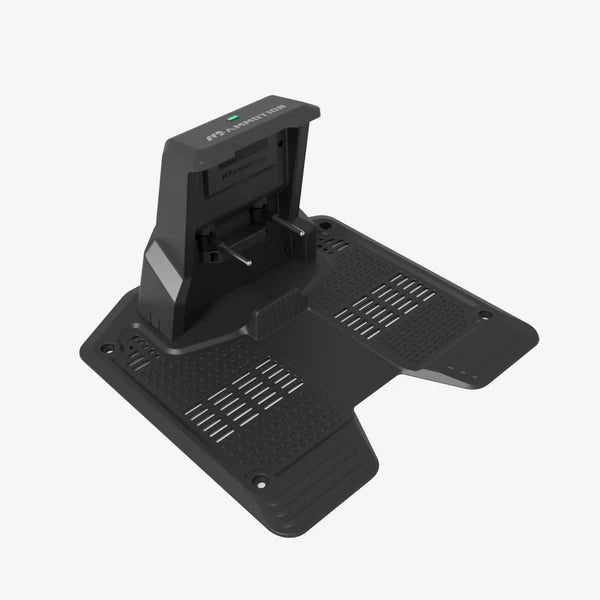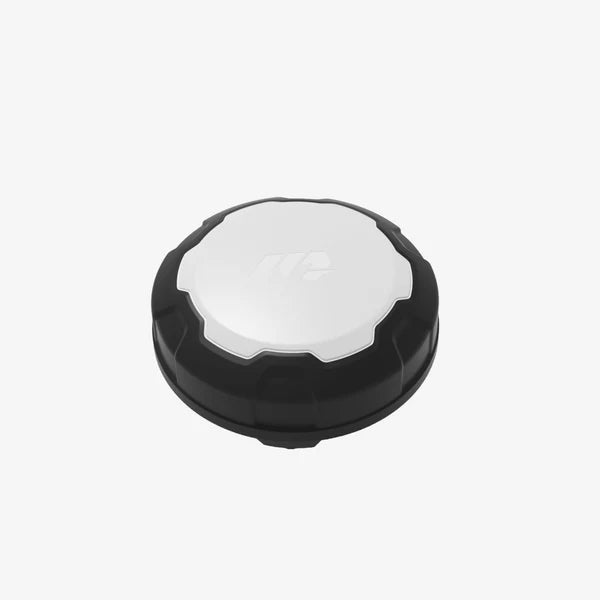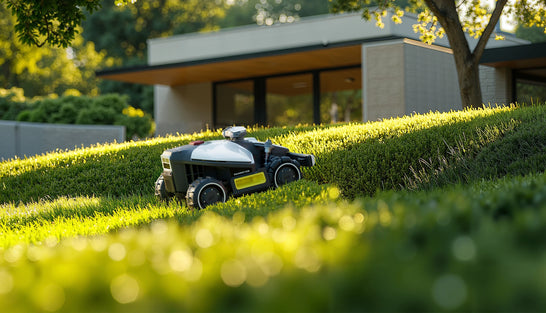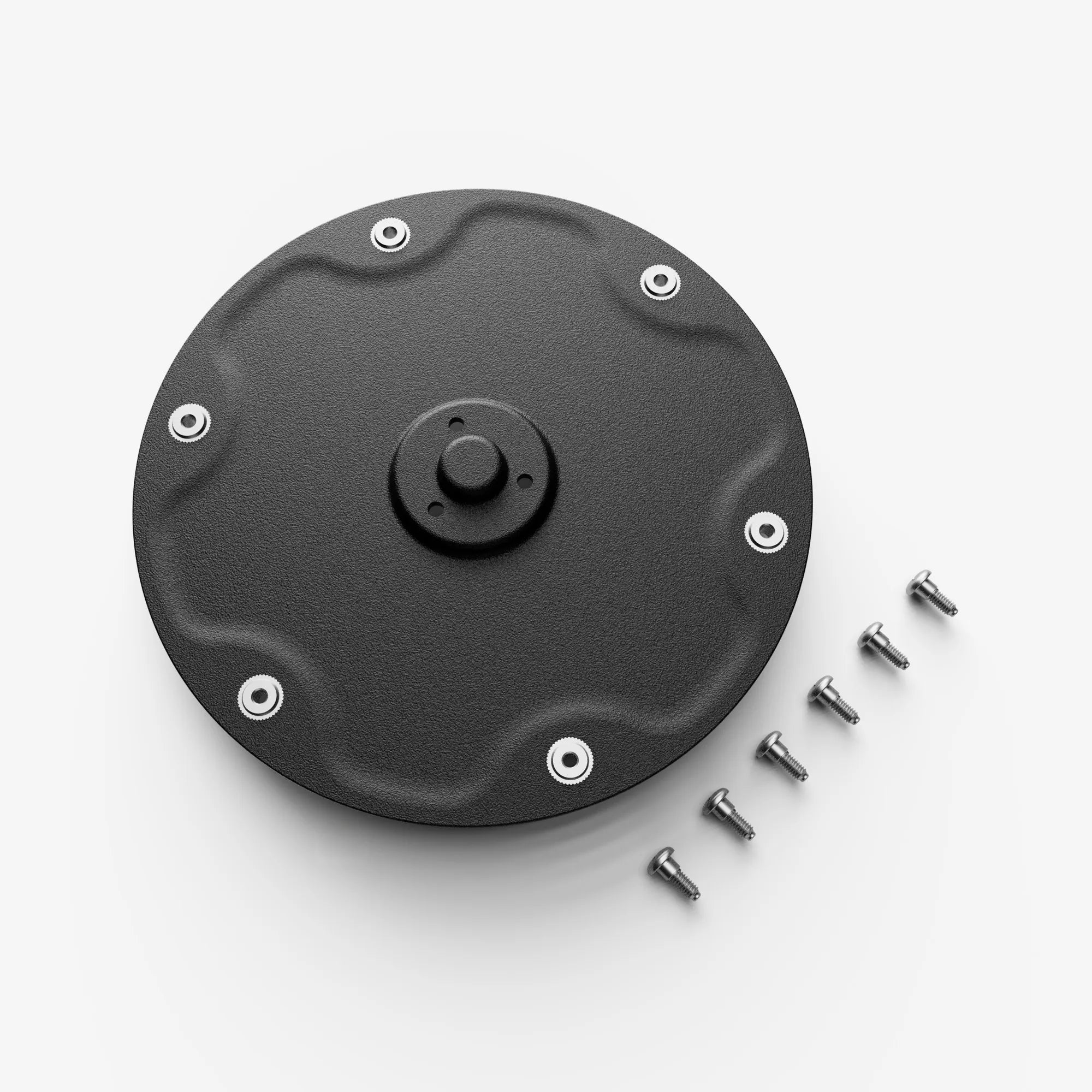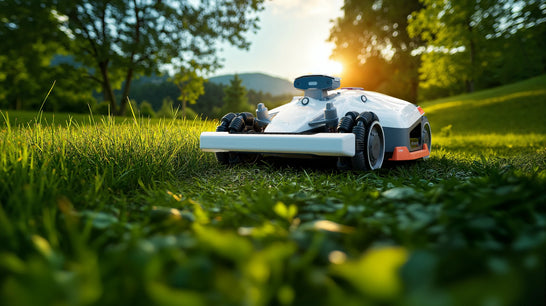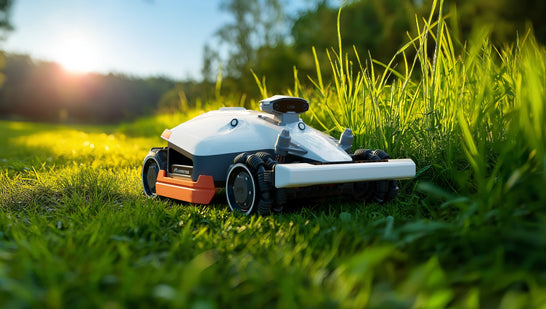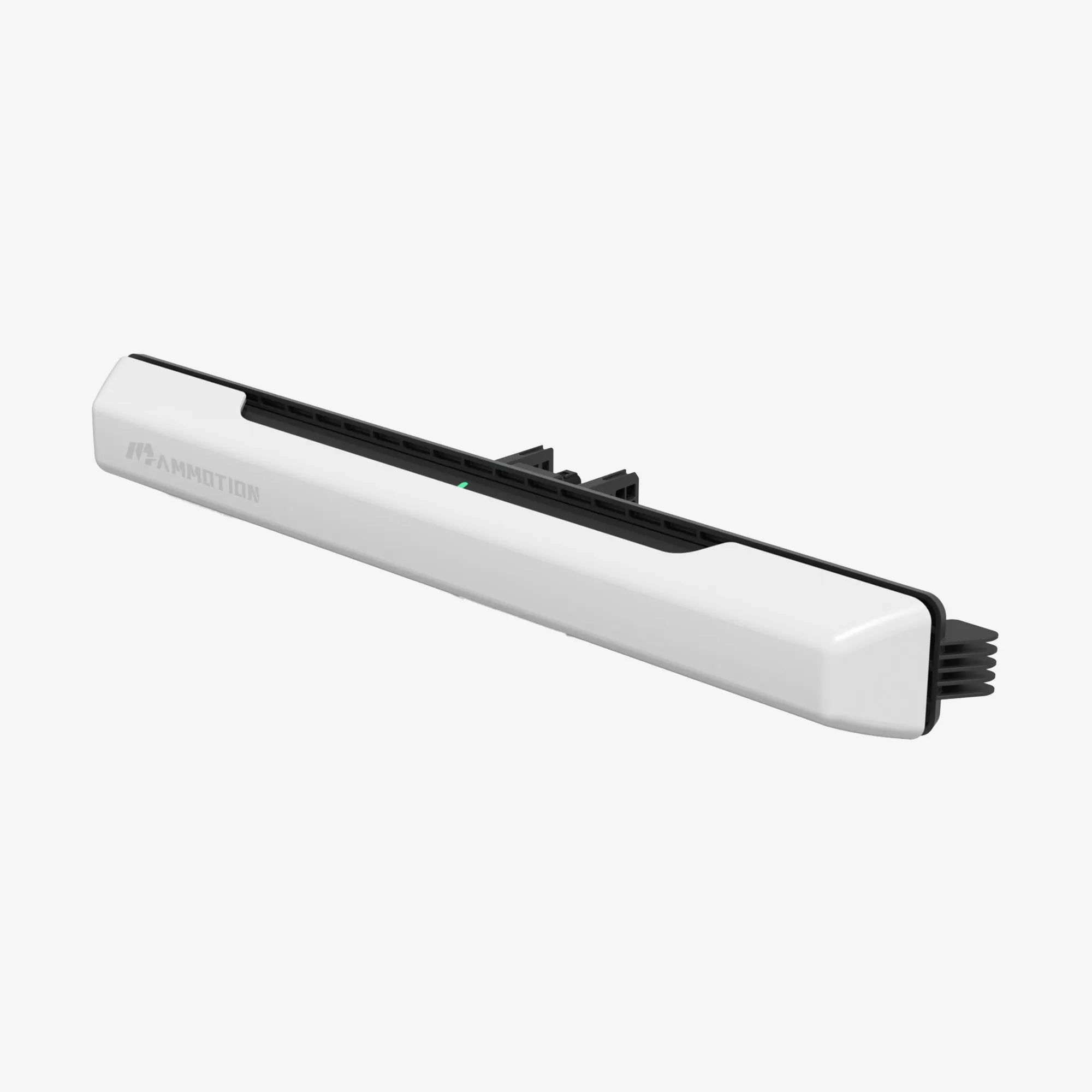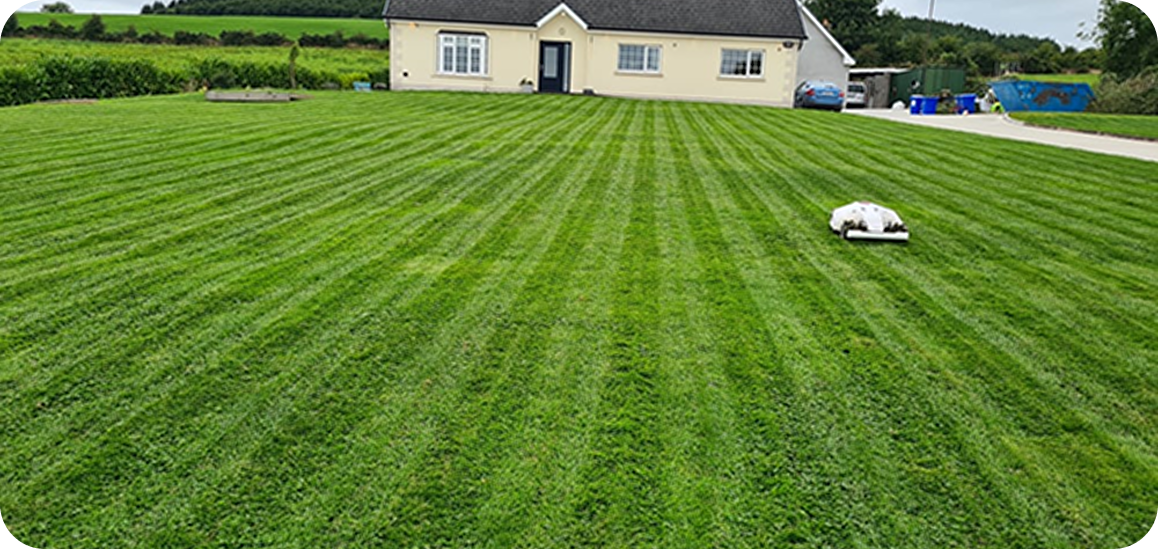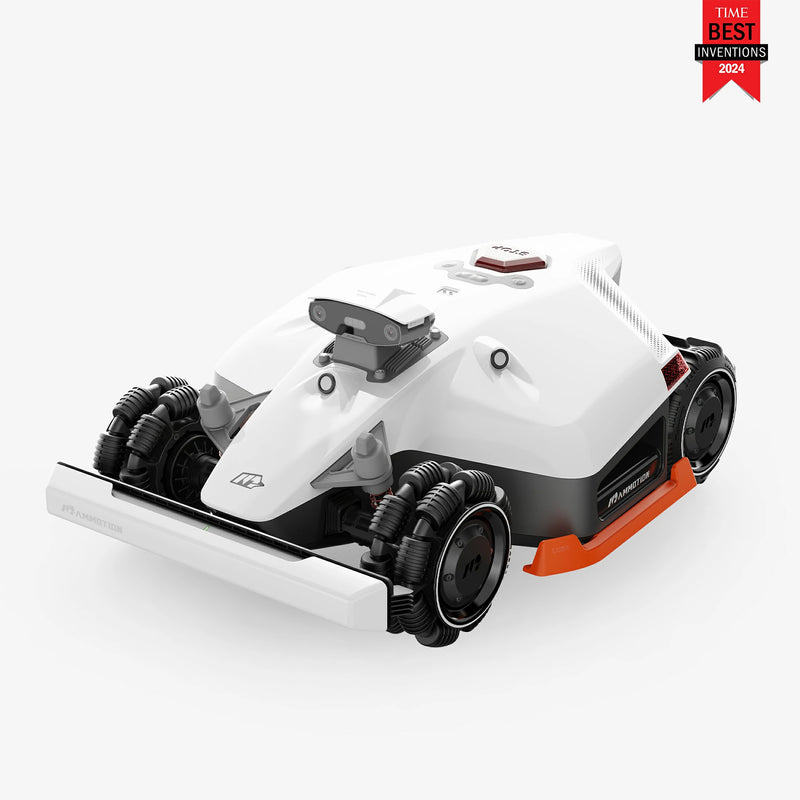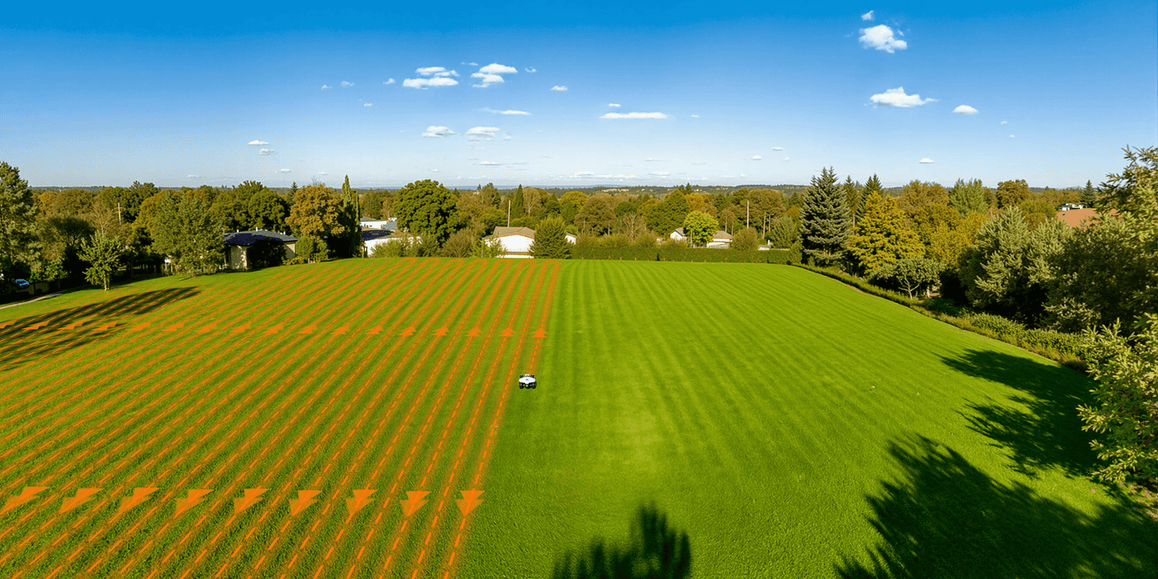As robotic technology becomes more advanced and labor shortages continue to affect groundskeeping and landscaping industries, commercial robotic lawn mowers are emerging as a viable alternative to traditional maintenance methods. These autonomous machines can cut vast areas of grass with minimal human input, offering long-term savings, consistent results, and lower environmental impact.
But one of the first questions buyers ask is simple: How much do commercial robotic lawn mowers cost? The answer isn’t one-size-fits-all. Depending on the model, brand, features, and intended use, commercial robotic lawn mower prices can range from a few thousand dollars to well over $25,000 per unit.
This guide breaks down the pricing landscape in 2025—from entry-level units to high-end systems, plus the hidden costs and return on investment you should consider before buying. Whether you're managing a municipal park, a corporate campus, or multiple athletic fields, this article will help you understand what you're really paying for—and what kind of value you can expect.
Average Price Range of Commercial Robotic Lawn Mowers (with cpmparsion table)
The cost of a commercial robotic lawn mower in 2025 can vary widely based on factors like mowing capacity, navigation technology, durability, and smart features. Generally, prices range from $4,000 to over $30,000, depending on the scale and sophistication of the equipment.
Here’s a detailed breakdown across three key tiers of commercial mowers, with added comparison on specs and use cases:
|
Tier |
Price Range |
Typical Coverage |
Ideal For |
Key Features |
Example Models |
|
Entry-Level |
$4,000 – $7,000 |
Up to 2–3 acres |
Small schools, sports fields, churches, gated communities |
RTK or GPS navigation, moderate weather resistance, limited mowing coverage |
|
|
Mid-Range |
$7,000 – $15,000 |
3–6 acres |
Parks departments, landscaping businesses, mid-size campuses |
RTK GPS or vision-based navigation, app control, multi-zone programming, stronger cutting decks |
Nexmow M1S Autonomous Robotic Mower |
|
High-End / Fleet-Grade |
$15,000 – $33,000+ |
6–18+ acres (per unit or with fleet system) |
Universities, city governments, golf courses, large commercial complexes |
RTK + satellite mapping, full fleet integration, AI object detection, modular cutting systems |
CEORA Starter Kit |
Key Notes by Tier:
Entry-Level Commercial Mowers
Designed for users transitioning from residential to light commercial work. They’re great for single-site applications, but may struggle with hilly terrain or daily operation in harsh weather.
Mid-Range Models
Offer a balance of durability, cutting speed, and smart functionality. Suitable for landscape contractors or public institutions with moderate mowing needs.
High-End & Fleet Systems
Built for scalability, precision, and autonomous fleet control. These units can be networked and managed via cloud platforms, often replacing entire mowing crews.
This overview gives facility managers, municipal buyers, and contractors a realistic pricing guide to help plan their budgets. A robotic mower may seem expensive up front, but as we’ll explore in the next section, long-term savings on labor, fuel, and maintenance often justify the investment.
What Drives the Cost of a Commercial Robotic Mower?
Understanding why commercial robotic mowers vary so widely in price requires a closer look at the underlying components, technologies, and capabilities that manufacturers build into these machines. Below are the most influential factors that affect both the upfront price and long-term value.
1. Navigation Technology
One of the biggest differentiators in pricing is how the mower navigates the mowing area.
- Guide Wire Systems (used in older and entry-level models): Lower cost but require physical boundary installations.
- Standard GPS: Offers broader coverage but lacks precision on tight or irregular plots.
- RTK&GPS Systems: Deliver sub-inch accuracy using satellite corrections or local beacons, reducing setup time and increasing efficiency—especially in fleet environments.
High-precision systems come with added hardware and software costs but significantly reduce the need for manual corrections and reprogramming.

2. Mowing Capacity and Cutting System
Larger, more powerful mowers are designed for higher workloads. Key capacity features include:
- Cutting width and blade system: Wider decks (24–48 inches or more) mean fewer passes are needed.
- Motor strength and torque: High-end units can handle dense or wet grass, uneven terrain, and steeper slopes.
- Mowing speed: Faster robotic mowers reduce daily runtime, enabling multiple mowing cycles or site rotations.
These mechanical upgrades directly impact pricing by increasing durability, range, and performance.
3. Battery and Power Management
Battery size and runtime determine how long a unit can operate before returning to charge.
- Entry-level mowers may run 4–6 hours per charge, requiring frequent dock cycles.
- Mid- to high-end units may offer 8–12 hours of continuous operation, supported by fast-charging stations and smart charging schedules.
- Larger lithium-ion battery packs and efficient energy management systems raise production costs but improve daily productivity.
4. Software and Connectivity
Advanced commercial robotic mowers include onboard computers and cloud-connected control platforms.
- Fleet Management Systems: Track multiple units, assign zones, and schedule operations remotely.
- App & Web Control: Users can make adjustments, view performance data, and receive alerts in real time.
- Security Features: Geofencing, anti-theft alerts, and remote disabling functions are typically standard on higher-end units.
- Software licenses or subscriptions may also be charged annually, contributing to the total cost of ownership.
5. Build Quality and Weather Resistance
A mower built for commercial use must endure daily exposure to sun, rain, dust, and debris.
- Ingress Protection (IP) Ratings: Higher-rated machines resist water and dirt penetration better.
- Chassis and Materials: Durable plastic composites, impact-resistant frames, and stainless-steel components are more expensive but last longer.
- Machines with high weather resistance are priced at a premium but reduce maintenance frequency and downtime.
6. Brand, Support, and Service Network
Well-established brands like Husqvarna, Echo Robotics, and Belrobotics often command higher prices due to:
- Proven reliability and performance benchmarks
- Nationwide dealer support and technician availability
- Extended warranties, training, and on-site support
While you may pay more upfront, these services reduce risk and ensure faster repairs or replacements—especially important for business-critical operations.
These factors explain why two robotic mowers with similar coverage areas might differ in price by thousands of dollars. In the next section, we’ll go beyond the sticker price and analyze the Total Cost of Ownership, including installation, maintenance, and subscription fees—key for making an informed investment.
Total Cost of Ownership of Commercial Robotic Lawn Mowers
While the initial purchase price of a commercial robotic lawn mower is significant, it’s only one part of the financial picture. To fully evaluate value and ROI, you must consider the total cost of ownership (TCO) over the mower’s operational lifespan—typically 5 to 10 years.
Here are the major cost components to include in your assessment:
1. Installation and Setup Costs
Depending on the model and site complexity, installation can range from zero to several thousand dollars.
- Boundary wire systems (for older models) require manual trenching and physical setup.
- RTK&GPS models need base station installation, mapping of the mowing zones, and digital calibration—often can do it by yourself.
- Estimated cost: $0–$5,00+ depending on site size, terrain, and whether professional setup is included.
2. Software Licenses and Fleet Management
Many commercial mowers include advanced software, but fleet-ready platforms often charge annual fees for:
- Cloud-based control dashboards
- Remote diagnostics and alerts
- Over-the-air firmware updates
- Multi-mower zone coordination
- Estimated cost: $0–$500 per year per unit (varies by brand and service level).
3. Maintenance and Replacement Parts
Robotic mowers have fewer moving parts than gas-powered machines, which means lower maintenance overall. Still, you’ll need to plan for:
- Blade replacements (every 1–2 months, depending on use)
- Tire or wheel wear (especially on rough terrain)
- Battery replacements (every 3–5 years)
- Annual diagnostic checks or firmware updates
- Estimated annual maintenance: $200–$500
- Battery replacement (3–5 years): $800–$1,500 depending on battery size and chemistry.
4. Electricity Costs
These mowers are battery-powered and highly efficient, but electricity isn’t free. Power consumption depends on mower size, area covered, and recharge frequency.
Estimated cost: $50–$200 per year per mower, assuming average U.S. utility rates and daily use during mowing seasons.
5. Labor Offset and ROI
One of the biggest advantages of commercial robotic mowers is their ability to significantly reduce labor hours.
- For organizations currently using grounds crews or landscaping contractors, automation can yield savings of $5,000–$15,000+ per year per site.
- These savings often lead to a payback period of 2 to 4 years, especially for larger properties or those deploying multiple units.
The total cost of ownership helps commercial buyers understand not just what they're paying up front, but what they’re saving over time. Next, we’ll help you evaluate whether a robotic system is right for your operation with a detailed cost-benefit comparison and some buying tips.
Is It Worth It? ROI, Value, and Buyer Considerations
Investing in a commercial robotic lawn mower is a strategic decision—especially for organizations managing large outdoor spaces with recurring landscaping needs. While the upfront cost may be substantial, long-term operational and financial advantages make these machines an increasingly attractive option.
1. Return on Investment (ROI)
Here’s a practical way to evaluate ROI:
- Annual labor savings: Replacing one full-time landscaping crew (or reducing seasonal contracts) can save $10,000–$50,000 per year.
- Robotic mower cost: A mid-range fleet-capable mower with setup and maintenance might total ~$20,000 over 5 years.
- Payback period: Often 1.5 to 3 years depending on usage and site complexity.
If your site requires regular weekly or biweekly mowing, a robotic solution can quickly outperform manual methods in both consistency and cost.
2. Who Benefits the Most
Robotic mowers are not ideal for every situation. Here’s who gets the best value:
|
Best Fit |
Why It Works |
|
Educational Campuses |
Wide open fields, consistent schedules, limited staff |
|
Municipal Grounds / Parks Departments |
Budget-conscious, maintenance-heavy public spaces |
|
Corporate Facilities / Business Parks |
Clean, consistent appearance expectations |
|
Golf Courses / Athletic Fields |
High mowing frequency, flat terrain, need for precision |
|
Landscaping Contractors |
Scalability, labor savings, competitive edge |
However, properties with irregular terrain, dense obstacles, or inconsistent access to power may need additional planning or may be better served with hybrid solutions.
3. Common Buyer Mistakes to Avoid
Underestimating installation complexity: Advanced models require professional calibration—don’t assume plug-and-play.
- Overlooking software fees: Cloud management or RTK subscriptions may not be included in the sticker price.
- Ignoring terrain challenges: Steep slopes, drainage ditches, and debris-prone areas can impact performance.
- Buyers should always conduct a professional site assessment before purchase.
Conclusion: Is It Worth the Investment?
Yes—for many commercial users, robotic mowers provide a powerful combination of:
- Lower labor costs
- Consistent performance
- Environmental sustainability
- Professional appearance
- Long-term savings
While not every site is suitable without modification, most organizations with predictable, open mowing areas will see a clear return. As hardware becomes more affordable and software more advanced, robotic lawn care is moving from "early adopter" territory to mainstream commercial operations.
Can You Lease or Finance a Commercial Robotic Mower?
Yes—many leading manufacturers now offer leasing and financing programs to help businesses manage the commercial robotic lawn mower costs more effectively. These programs typically allow for monthly payments over 24–60 months and may include service or software bundles.
Leasing helps reduce upfront costs and gives businesses access to the latest models with lower financial risk. It’s ideal for schools, municipalities, and landscaping startups that want to test robotic systems without a long-term commitment. On the other hand, buying outright offers full ownership and no recurring fees, making it more cost-effective over time, especially for high-utilization sites.
If you're a small or mid-sized business exploring automation for the first time, commercial robotic mower leasing may be the best entry point. It minimizes trial-and-error costs while preserving your capital.
Final Thoughts: Choose the Right Price Tier for Your Needs
Choosing the right commercial robotic lawn mower price tier depends on your property size, mowing frequency, and budget. Entry-level models work well for light-duty, single-site applications. Mid-range units offer strong performance for parks, schools, and contractors. High-end or fleet-grade systems deliver scalable, precision mowing for large campuses or government agencies.
Look beyond the upfront price—consider total cost of ownership, long-term savings, and support availability. The best value robotic mower isn’t necessarily the cheapest, but the one that aligns with your operational needs and delivers a strong ROI over time. If you have any questions, don't hesitate to get in touch with our professionals.
Frequently Asked Questions
1. How much does a commercial robotic lawn mower cost in 2025?
The cost of a commercial robotic lawn mower in 2025 typically ranges from $4,000 to over $25,000, depending on features like GPS navigation, cutting capacity, connectivity, and durability. Entry-level models are best for small-scale use, while high-end units are designed for fleets and continuous operation on large properties.
2. What features increase the price of a robotic mower?
Key features that drive up the commercial robotic lawn mower cost include:
- RTK GPS or satellite navigation
- Larger cutting decks and stronger motors
- Fleet management software and cloud control
- Long battery life and rugged weather resistance
- Professional installation and calibration
3. Can I lease a commercial robotic mower instead of buying?
Yes. Many top brands like Husqvarna and Echo Robotics offer commercial robotic mower leasing or financing plans. Leasing allows businesses to spread costs over time and test equipment before fully committing—ideal for small businesses or pilot programs.
4. Is leasing or buying commercial robotic lawn mowers better for my business?
Leasing is a good choice if you want lower upfront costs, short-term flexibility, or you're new to robotic mowing.
Buying is more cost-effective long-term, especially if you’re operating at scale or using the mower regularly. Your decision should depend on your site size, budget, and whether you're ready for long-term automation.
5. Are commercial robotic lawn mowers suitable for all commercial properties?
Not always. They work best on open, moderately sloped, and obstacle-free landscapes like:
- Schools and universities
- Sports fields and business parks
- Government buildings and public spaces
Properties with irregular terrain or poor GPS reception may require additional planning or hybrid mowing solutions.
6. What’s the ROI for commercial robotic mowers?
Depending on usage, businesses can recoup their investment in 1.5 to 3 years through labor savings, reduced fuel and maintenance costs, and improved efficiency. The ROI improves further when managing multiple sites or transitioning from expensive manual crews.

